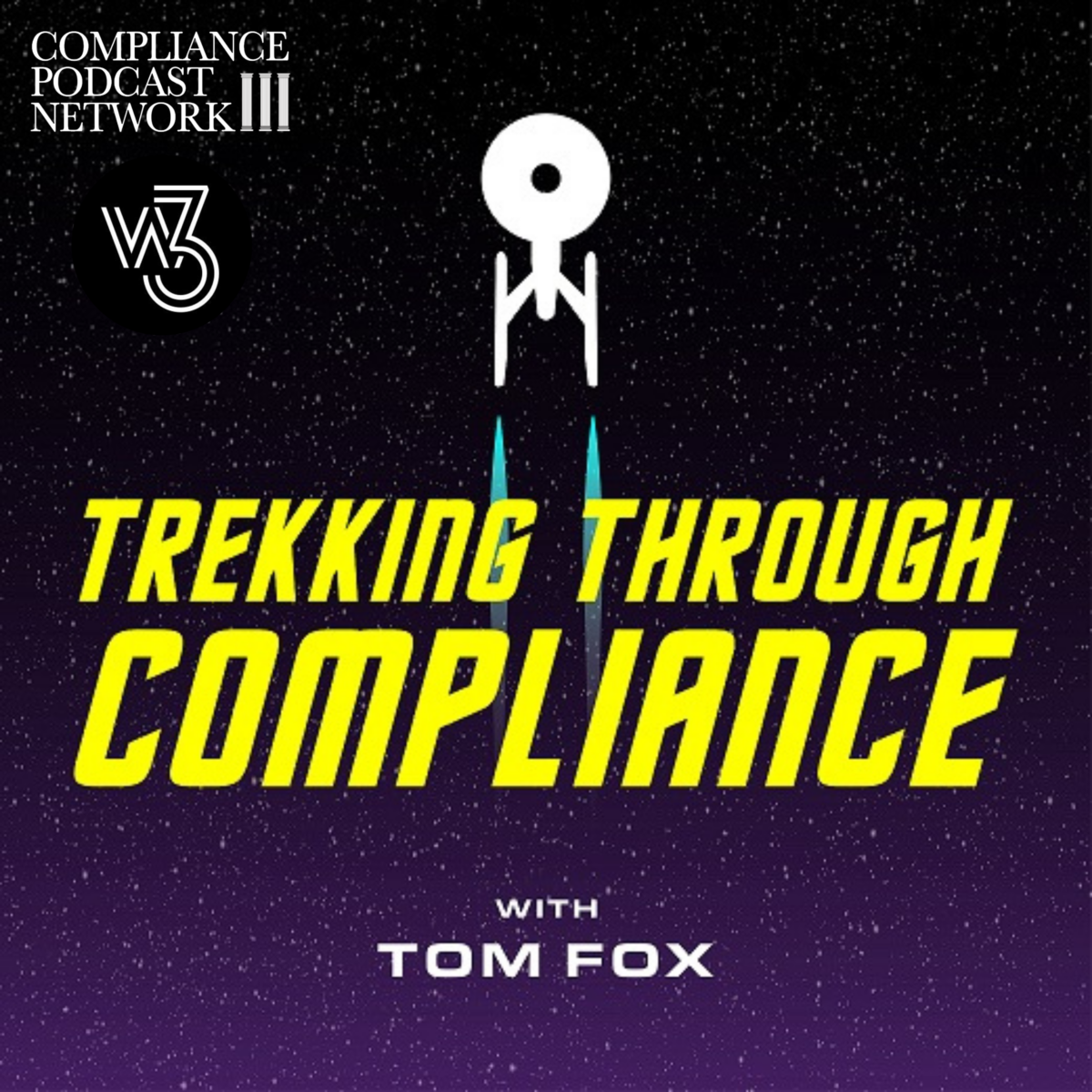Last month, I wrote a blog post on the tone at the top, exemplified in the Star Trek, the Original Series episode, Devil in the Dark. Based on the response, some passionate Star Trek fans are out there. I decided to write a series of blog posts exploring Star Trek: The Original Series episodes as guides to the Hallmarks of an Effective Compliance program set out in the FCPA Resources Guide, 2nd edition. Today, I will begin a two-week series looking at the following 10 hallmarks of an effective compliance program laid out by the Department of Justice (DOJ) and Securities and Exchange Commission (SEC) in the FCPA Resources Guide, 2nd edition.
Today, I wanted to watch one of my favorite and iconic episodes, The Doomsday Machine. I believe it offers more than just gripping sci-fi action; it provides valuable insights into internal control principles. For compliance professionals and business managers, the narrative unfolds a series of challenges and solutions that mirror real-world scenarios where robust internal controls are crucial. Let us deeply dive into the internal control lessons we can learn from this episode.
In The Doomsday Machine, the USS Enterprise encounters the wreckage of the USS Constellation and a giant, automated weapon of mass destruction known as the “doomsday machine.” Commodore Matt Decker, the sole survivor from the Constellation, is found traumatized and determined to destroy the machine, even at the risk of the Enterprise’s safety. As Captain Kirk and his crew navigate the threat, they must also deal with Decker’s erratic command decisions, ultimately working to regain control and neutralize the menace.
Lesson 1: The Importance of a Clear Chain of Command
When Commodore Decker assumes command of the Enterprise, the established chain of command disruption illustrates the chaos that can ensue when authority is not clearly defined or respected. Decker’s actions, driven by personal trauma and a lack of understanding of the Enterprise’s capabilities, lead to several risky decisions. The internal control lesson is that a transparent chain of command is essential to ensure that decision-making processes are streamlined and effective. Internal controls should clearly define roles and responsibilities, ensuring authority is delegated appropriately. This allows for clarity and mitigates the risk of individuals making decisions beyond their scope of knowledge or capability.
Lesson 2: Risk Assessment and Management
The Enterprise crew must quickly assess the threat posed by the doomsday machine. Understanding the machine’s power and behavior is critical to formulating an effective response strategy. Kirk and Spock’s ability to analyze the situation and adapt their plans underscores the importance of risk assessment. The internal control lesson is that companies must continuously identify and assess potential risks to their operations. Implementing internal controls involves establishing procedures for risk assessment, including regular evaluations and updates to risk management strategies. This ensures that businesses remain agile and responsive to emerging threats.
Lesson 3: Crisis Management and Decision-Making
As the situation escalates, the Enterprise crew must make rapid decisions to avert disaster. Decker’s emotional state and inability to make rational decisions highlight the need for effective crisis management protocols. The lesson is that effective crisis management is integral to internal controls. Organizations should develop comprehensive crisis management plans that include clear guidelines for decision-making under pressure. Training and simulations can prepare employees to handle crises calmly and efficiently, minimizing the impact on operations.
Lesson 4: Operational Controls and Communication
The interactions between Kirk, Spock, and the rest of the crew emphasize the necessity of clear communication and cooperation. Spock’s adherence to logical reasoning and Kirk’s ability to inspire teamwork highlight how effective communication is crucial to executing complex operations. The internal control lesson is that operational controls rely heavily on clear communication channels within an organization. Ensuring that information flows freely and accurately between departments helps maintain efficiency and reduces the likelihood of errors. Internal controls should establish standardized communication protocols to support coordination and collaboration.
Lesson 5: Monitoring and Adaptability
Throughout the encounter with the doomsday machine, the crew continuously monitors the situation and adapts their strategies. Kirk and Spock’s ability to adjust their tactics based on real-time information is vital to their success. The internal control lesson is that continuous monitoring and adaptability are key to effective internal controls. Businesses should implement systems that allow for ongoing evaluation of processes and outcomes. This enables them to detect issues promptly and adjust strategies to maintain operational integrity.
The Doomsday Machine is a compelling narrative that underscores the importance of strong internal controls in navigating complex challenges. From maintaining a transparent chain of command to ensuring effective communication and crisis management, the lessons drawn from this episode apply to any organization striving for excellence in compliance and operational efficiency.
As business managers and compliance professionals, we can draw inspiration from Captain Kirk and his crew. We recognize that robust internal controls prevent failures and empower organizations to respond effectively to unexpected challenges. By applying these lessons, businesses can create resilient structures capable of withstanding even the most daunting threats.
Join us tomorrow as we consider the lessons on CCO authority, resources, and expertise from the Star Trek episode The Galileo 7.







